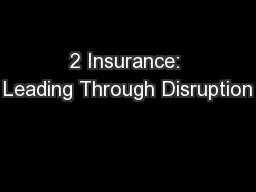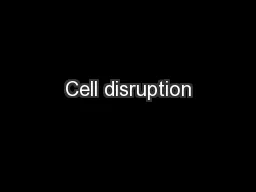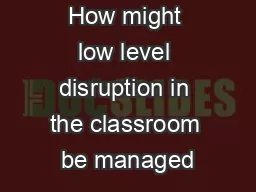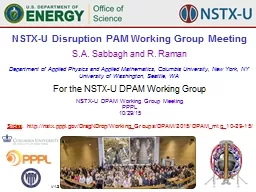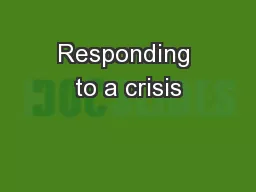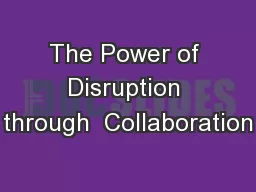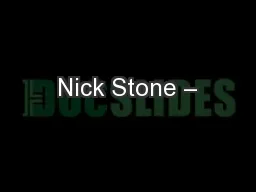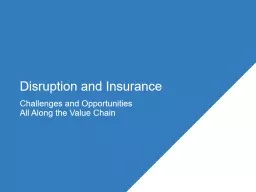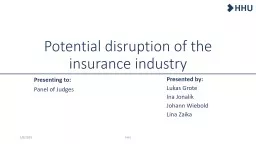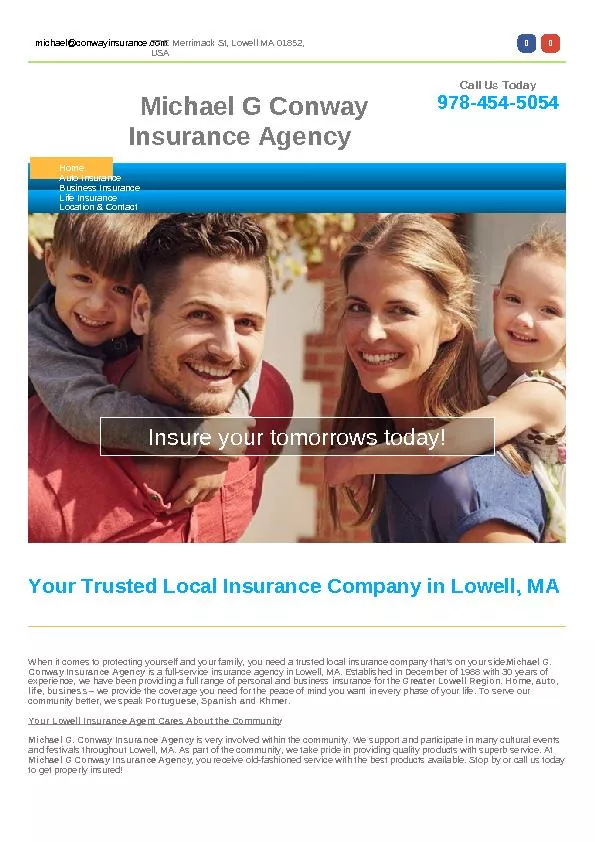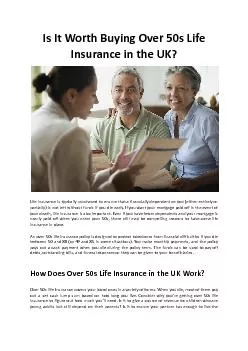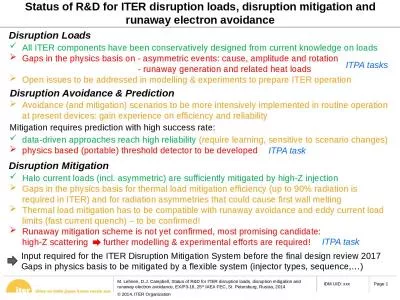PPT-2 Insurance: Leading Through Disruption
Author : aaron | Published Date : 2018-11-11
SEAN KEVELIGHAN CHIEF EXECUTIVE OFFICER Insurance Information Institute 110 William Street New York NY 10038 III Mission Statement Improving public understanding
Presentation Embed Code
Download Presentation
Download Presentation The PPT/PDF document "2 Insurance: Leading Through Disruption" is the property of its rightful owner. Permission is granted to download and print the materials on this website for personal, non-commercial use only, and to display it on your personal computer provided you do not modify the materials and that you retain all copyright notices contained in the materials. By downloading content from our website, you accept the terms of this agreement.
2 Insurance: Leading Through Disruption: Transcript
Download Rules Of Document
"2 Insurance: Leading Through Disruption"The content belongs to its owner. You may download and print it for personal use, without modification, and keep all copyright notices. By downloading, you agree to these terms.
Related Documents

